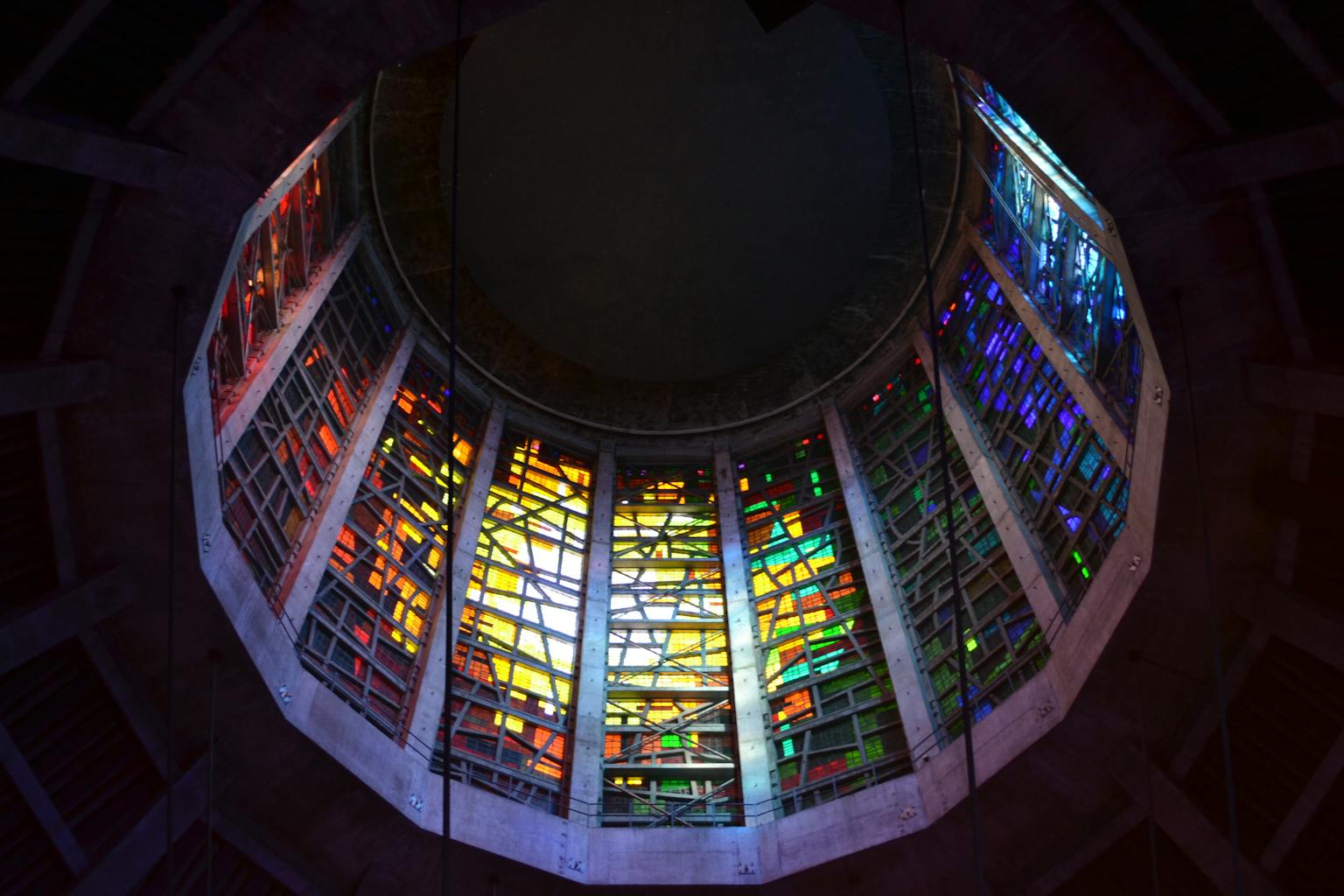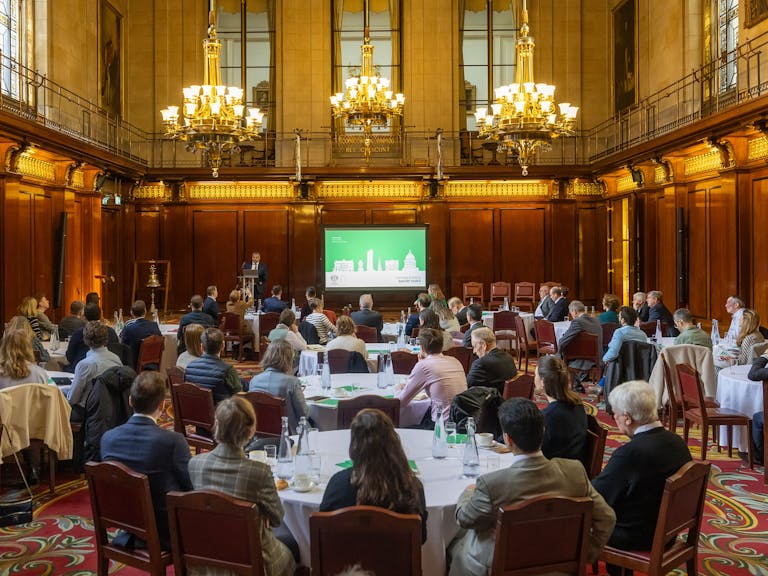In the Spotlight: 20th Century Heritage Consultant, Jon Wright

20th Century Heritage Consultant, Jon Wright, reflects upon his passion for Post-War architecture that he developed from an early age, and how this has forged his career in Heritage Consultancy.
I grew up in a tiny village in Devon, filled with farmhouses and cottages, but like many young people who have grown up in a rural environment, I moved to the nearest city as soon as I could. After completing a BA at Teesside University in Architecture, Design and the Built Environment, I moved to Exeter, which used to be a very beautiful Medieval and Regency city, very little of which survives today as it was bombed in the Second World War. After the War, Exeter was rebuilt, ‘In the Festival of Britain’ style, and under a 1950’s plan, it resulted in a wealth of Post-War civic architecture. Nobody really appreciated it, it was as though the bombs had never fallen and the city was ashamed of its rebuilding. Before moving to the city, and during my BA, I had already taken great interest in its underappreciation, and wrote my thesis on the false history being peddled by Exeter’s heritage industry. After a short period of time living in the city, I moved away from architecture, and did my M.A in Design History, from Winchester Art School, which led to a career in music journalism.
Yet, on reflection, my connection with Modern architecture goes back further to a time in childhood. My parent’s banked at Barclays in Exeter, and I have vivid memories of walking into its amazing Post-War suite of interior design, filled with abstract murals, wooden paneling, and beautiful ceiling lights. It was an elaborate Post-War set piece of art, and one of the city’s great losses when it was eventually demolished.
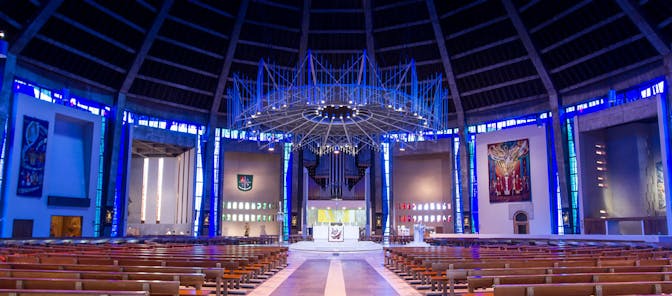
Growing up in the 70s and early 80s, those environments did look tired, but they have a great nostalgic appeal to me. Brutalist architecture has a vital place, not only in my work, but also, in my life. Recently I went to the Plymouth Civic Centre’s Council Chamber, and experienced exactly the same sort of feeling that I had as a child when I walked into Barclays. It was an awareness and fascination with how spaces, rooms, and elevations can heighten the senses, and incite emotions. Everyone has a personal connection to architecture, and you should never ignore it.
My heritage career began in 2004 when I started volunteering with the 20th Century Society while I was working at the Independent. The first project I worked on was a 1970s housing estate in Islington. A month later, I left journalism, and became a Caseworker (also at the 20th Century Society) and spent the next seven years trying to save 20th-century buildings.
This period was a fascinating time in the debate around 20th-century structures. I worked on some incredible cases, including Battersea Power Station, Park Hill, the Commonwealth Institute, Preston Bus Station, and perhaps most importantly, Robin Hood Gardens. These projects, in some ways, helped shift the debate about how we value Post-War buildings, and it was an exciting time to be working in conservation.
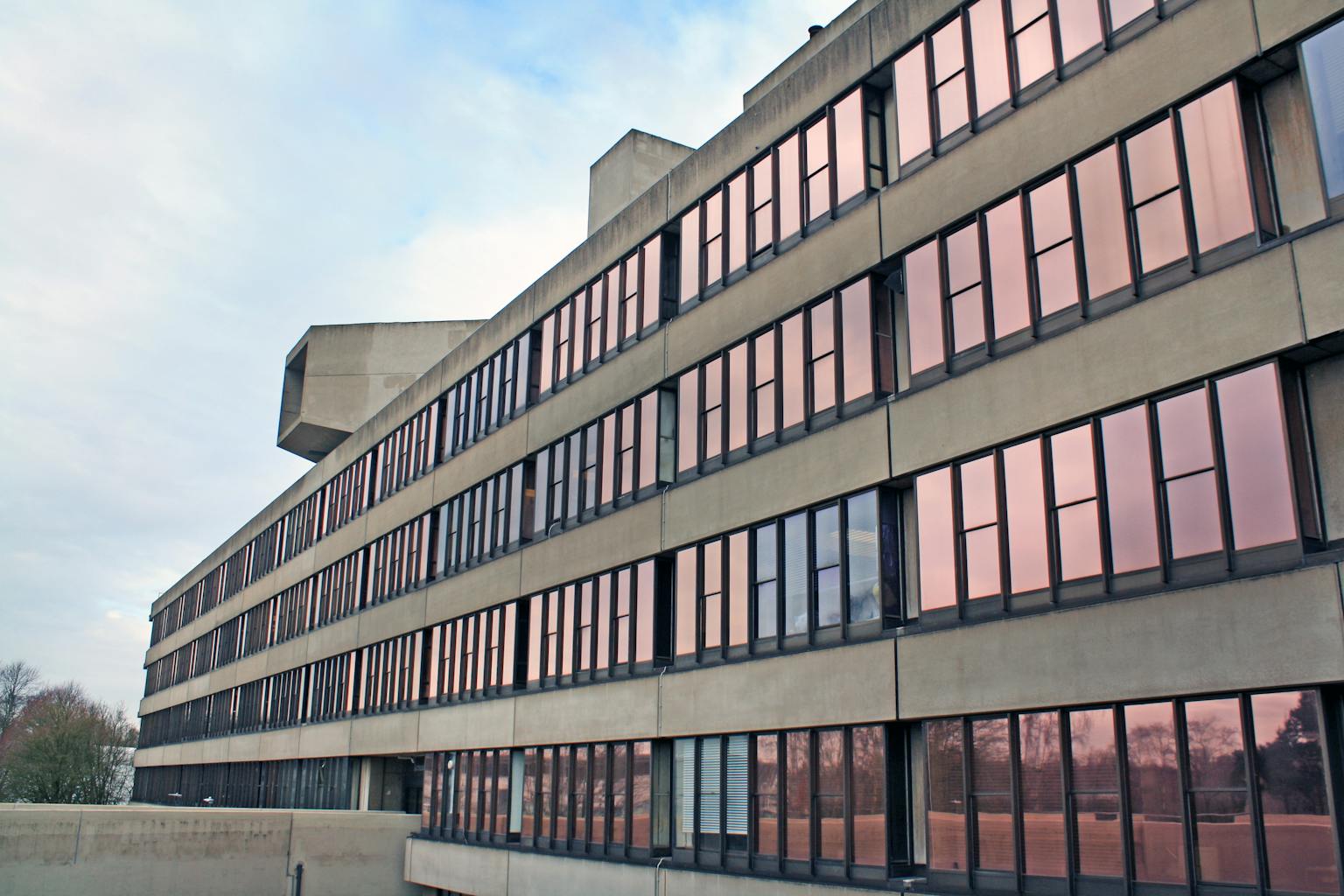
Since that spark of interest throughout university and childhood, there is still something about Modernist architecture which, for me, is infectious. I joined Purcell five years ago as a Heritage Consultant, and it has been incredible to be able to pursue my passion professionally. When I first joined the practice, if you had told me that I would have the chance to work on all the main cemeteries for the British Commonwealth War Dead on the Western Front and to go on to work on Liverpool Metropolitan Cathedral, Coventry Cathedral and the UEA campus, I would have looked at you with great suspicion, as that would have been a list of buildings that I would have only dreamt of working on.
Two years ago, I became a 20th Century Heritage Consultant, a role which places myself and my colleagues, at the forefront of the debate on modern heritage and helps us win work on buildings of the recent past. Associate in Purcell’s London studio, Katharine Barber, has been unbelievable in allowing me to pursue my passion. My role puts me in touch with colleagues all over the practice, and I feel very connected. Many in the practice but particularly Partner David Hills and the Purcell Modern group share the same interest in Modernist architecture that I do, and I have great support from them.

It is this passion and connectivity throughout our practice which drives good design and fosters deep knowledge of the diverse buildings we work on. Purcell is actively seeking to bring parity to conservation efforts for buildings of all periods, an element which cuts to the heart of Purcell’s core. Throughout my career, I have seen too many conservation projects for C20 buildings that haven’t delivered what we would recognise as ‘good conservation’, because there’s been a pervasive feeling that somehow these buildings sit outside the usual rules. For me it’s a question of values and the articulation of what’s important about a site, and Purcell has an important role to play in demonstrating the continuity of good conservation practice.
In light of this, it is an interesting, but also vital time working in architecture and heritage, as we face the existential problem of climate change. The combination of re-use of historic buildings with what new build has to offer is an exciting and vital time. On reflection of my experience from starting my architectural career at the 20th Century Society, through to my time at Purcell, architecture has something, generally, to learn from conservation; to reuse existing building stock and to dissociate ourselves from the hang ups of the past.
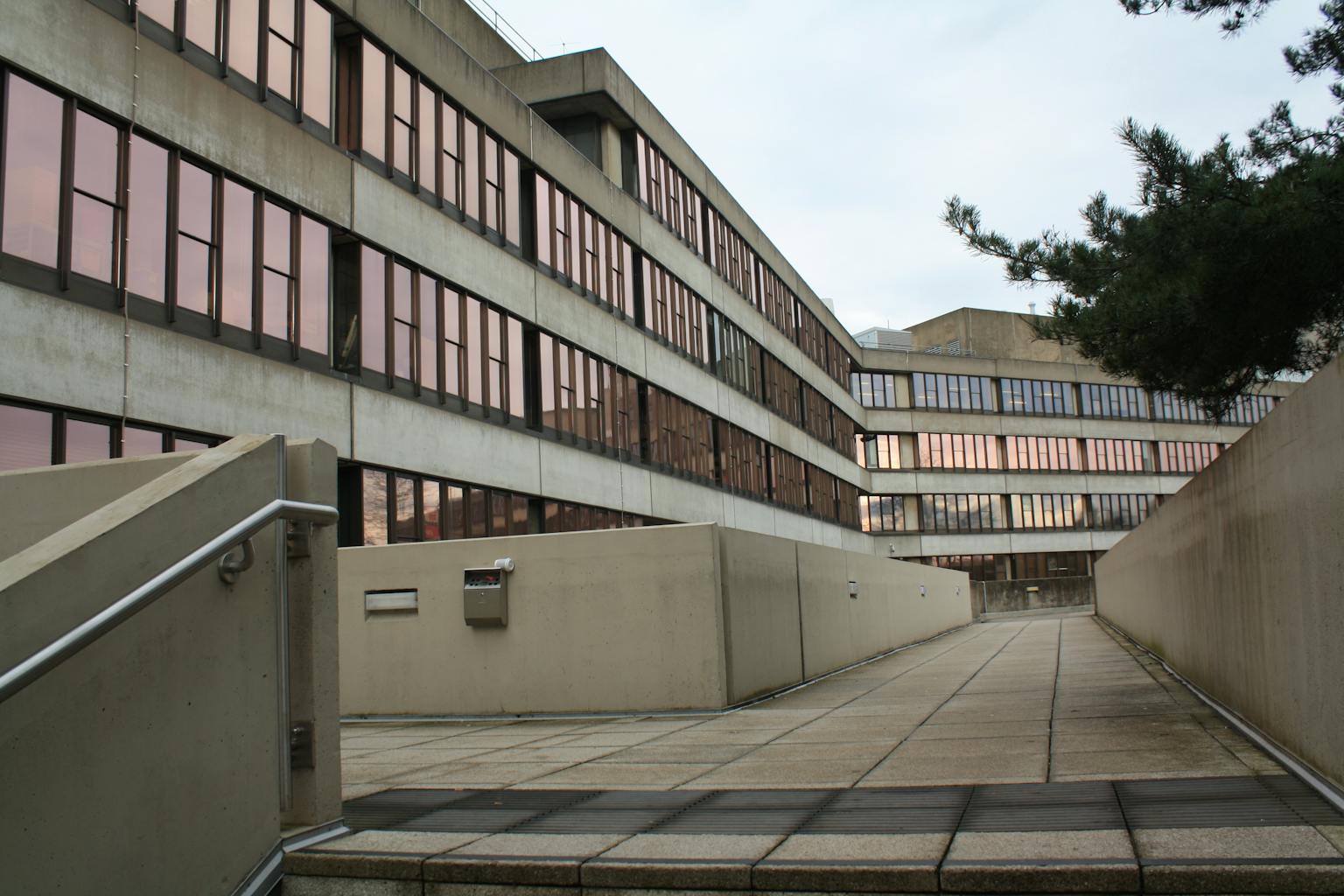
As challenging as this year has been for us all, I look at the work we’ve achieved with great positivity and encouragement, while heading into the new year with the same passion for 20th-century architecture that I had as a young boy visiting Barclays.

